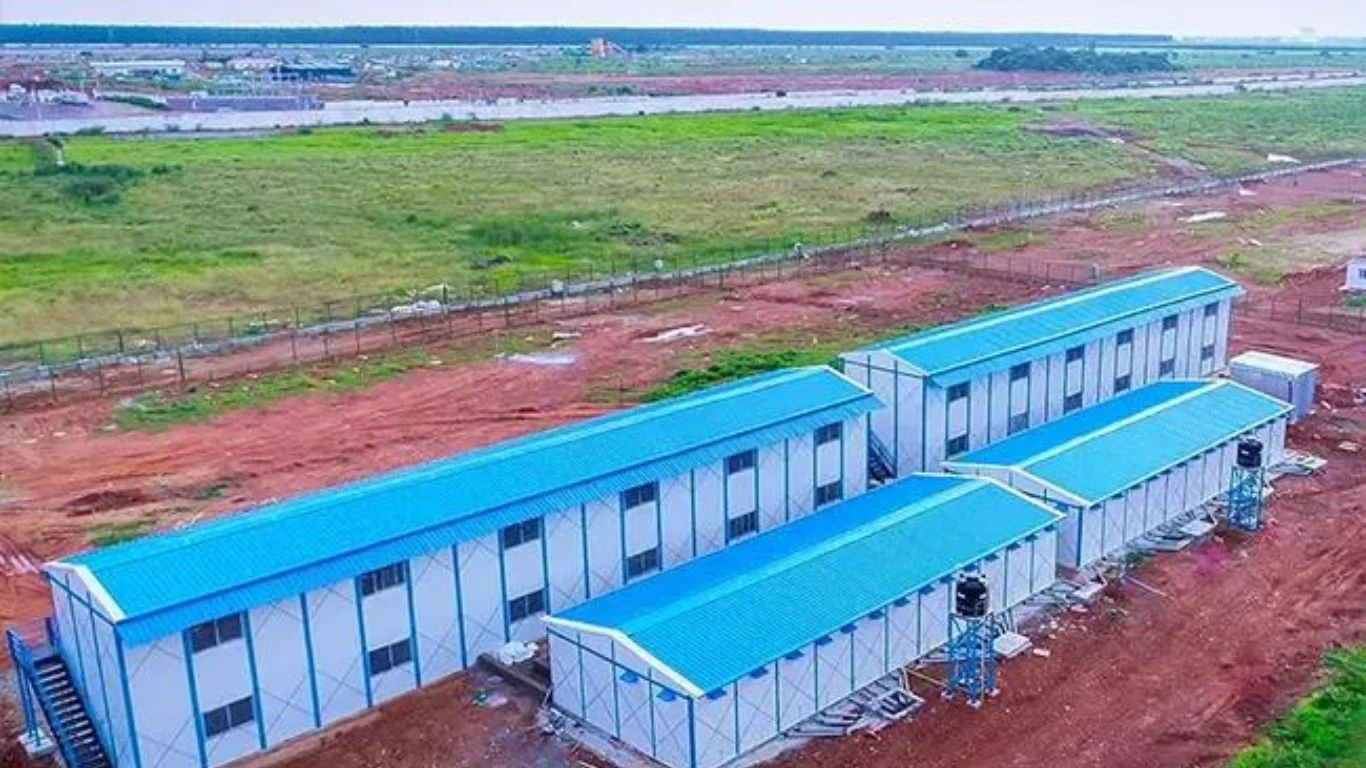As a structural material, steel delivers high quality at a low cost, especially for large-scale projects such as the construction of industrial facilities and warehouses.
How much do steel storage facilities cost? As with any form of construction project, the price depends on a range of criteria, such as structure size, location, and also features.
Nevertheless, when comparing the cost of a steel storage facility to that of a conventional building for instance, steel is often a fraction of the cost when temporary and permanent costs are combined. These are some of the aspects that affect the building and structure cost of a steel stockroom:
- Pre-engineering: Because the materials are pre-measured and already cut, it expedites the development process from the start. Steel warehouse construction is a well-organized endeavour because the materials are prefabricated and transported to the construction site. This can drastically reduce building time, resulting in cheaper project costs and a quicker operation start-up.
- Labor: The prefabrication of the framework cuts labour expenses significantly. Approximately fifty percent less time is required compared to conventional warehouse development and construction methods. In the context of private service providers, time equals money. When the steel framework, walls, and roof of a structure are pre-measured and cut, it reduces the amount of time required to construct the structure.
- Maintenance: You must consider not only the original expenditures for structure and construction, but also the continuous maintenance needs of steel buildings. A low-maintenance steel warehouse allows you to avoid future costly expenses. Maintenance savings for a steel structure can amount to tens or even hundreds of millions of rupees during its lifetime.
Other cost savings must also be accounted for, such as decreased insurance premiums due to steel’s longevity and resistance to weather damage. The same holds true for products or equipment housed within the warehouse; because to the strength, safety, security, and protection functions of steel frameworks, anything stored in the warehouse is protected from the elements.
Steel storage facility sturdiness
When investing in anything as expensive as a new commercial construction, the project should be built using materials that are readily accessible for decades. With good construction and upkeep, steel structures can easily last 50 years or more.
Steel buildings are resistant to a variety of common threats to the durability and lifetime of structures. For example, if you wish to lessen the likelihood of natural dangers such as fire, mould and mildew, decay, insects, heavy snow, earthquakes, and strong winds, steel is a more resilient option. Whenever a region is swept by a superstorm, steel warehouses are generally the last structures remaining.
Durability is a concern when investing a large number of money in the construction and development of a facility. Steel is the obvious choice if you need a material that can withstand the elements and last for many years.
Steel Storage Facility Adaptability
It is a common misconception that all stockroom structures offer the same number of possibilities for customising the appearance or construction of the framework. In actuality, steel warehouses permit extensive customization of the appearance and layout of the construction. You can completely customise the design of your steel warehouse to match your business’s requirements (e.g., office, or smaller sized special spaces developed right into the inside of your structures). In addition, as your firm expands, you have the opportunity to update your steel structures to match your evolving requirements.
Similarly, there are essentially no spatial constraints for steel structural systems. You may choose a size that provides ample space for all of your equipment and merchandise. With choices for mezzanine floors and scary stock storage space, high ceilings also allow for optimal space utilisation.











